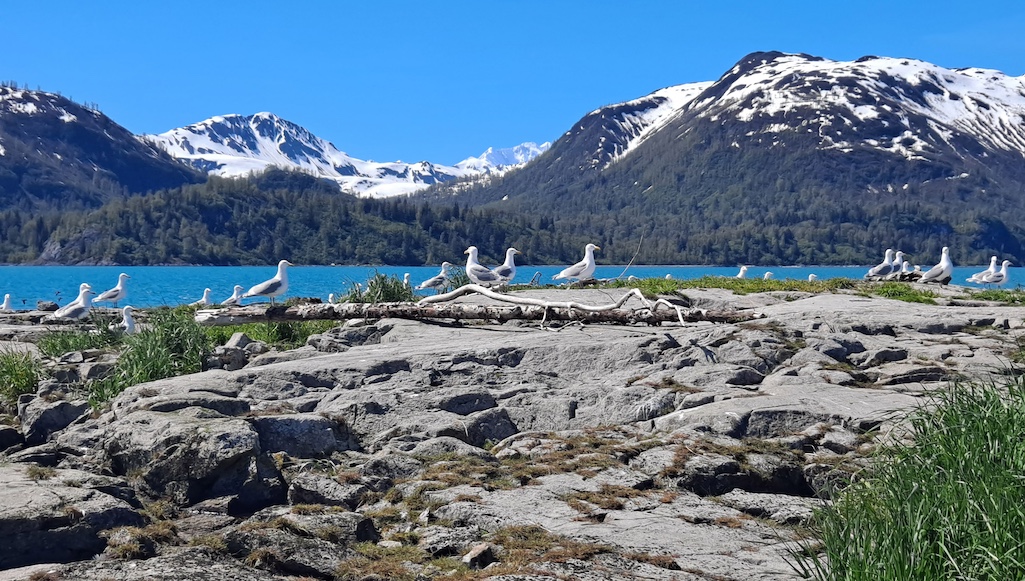Ever wondered if there really is a pot of gold at the end of the rainbow? Well, we found it. It’s Mount Erebus, an Antarctic volcano at the very bottom of the world. Hint: it spews gold.
According to NASA, Mount Erebus is the southernmost active volcano in the world, at least that we know about. It has a molten lava lake at its core. The stratovolcano rises 12,447 feet above sea level, and it “regularly emits plumes of gas and steam, and occasionally spits out rock (bombs) in strombolian eruptions.”
Sounds like a charming place. In fact, the late 1970s, there was a tragic accident at Mount Erebus. A plane carrying tourists doing a flyover crashed into the side of it, and everyone onboard died.
There’s more to this volcano than its harshness, though. For instance, there’s that thing about how it emits gold particles into the air. Scientists have known about this since the early 1990s. (We were today years old when we learned about it, though.)
A research paper from 1991 says “crystalline particulate [gold] has been found in the plume near the crater, in ambient air up to 1000 km from the volcano and in near surface samples.”
According to IFL Science, the volcano spews out somewhere around 80 grams of gold every day, which would be worth about $6,000—that is, if you could figure out how to harvest particles no larger than 20 micrometers large in one of the harshest places on Earth.
Anyone fancy a trip to the South Pole?





